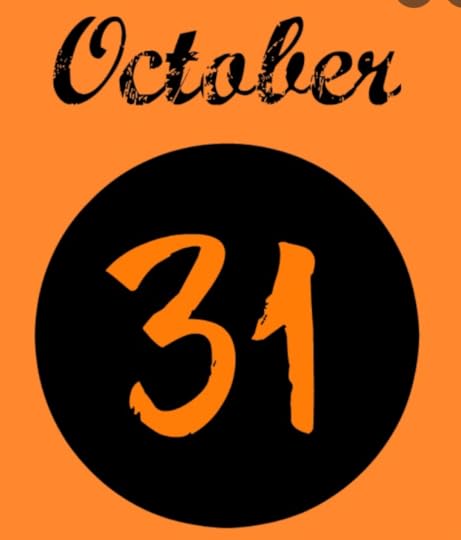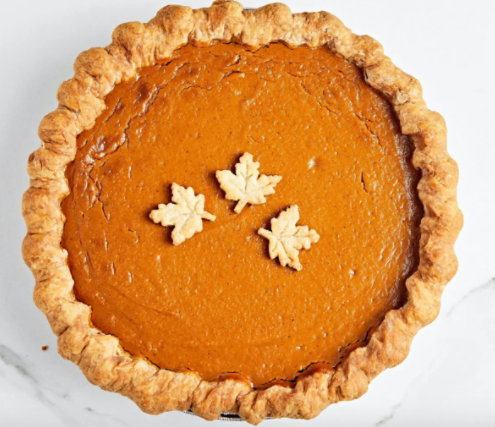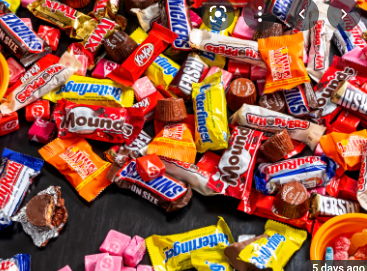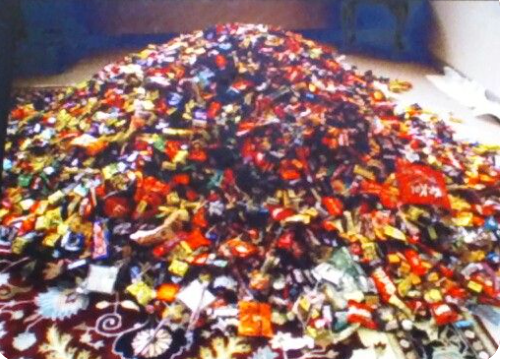A Short Halloween Quiz (and answers)

How long has Halloween been celebrated?
100 years? 200 years? 500 years?
Not even close.
Halloween is the only American holiday that has its origin in a Pagan ritual, ancient Roman culture andChristianity. Halloween, or as it was originally called All Hallowed Eve, was declared in the 1100’s as the day before All Saints Day, November 1. But Christian leaders chose that day because they wanted to reframe the Roman festival, Feralia , which has been celebrated since before Christ was born. And the Feralia actually absorbed the ancient Celtic holiday, the Samhain, which had been honored for centuries before.
So what do all these variations of what we call Halloween have in common. They were and are the time of the year to honor the dead and respect the ghosts that still walk among us.
So the answer is somewhere between 2000 and 3000 years!
What is pumpkin pie made of?

No, this is not a trick question.
Without a doubt, pumpkin pie is the most popular Halloween dessert—if you don’t count candy, that is. This time of year you’ll see pumpkin pies everywhere—at restaurants, at Halloween parties, at the grocery. This pie is so popular that, in many households, it sticks around through Thanksgiving celebrations. You’ll find the pie dusted with cinnamon and topped with luscious whipped cream. What won’t you find in most pumpkin pies? Pumpkin.
It turns out that the insides of our beloved jack-o-lantern are practically inedible. Nearly all pumpkin pies are made from canned pumpkin, just like the ones lining the grocery shelves. And, if you run to your pantry to pull out the can you bought last week, the ingredients would probably say “pumpkin” or even “100% pumpkin.” But, aha, it’s a trick. Based on an FDA policy that dates back to 1969, food producers can call any “golden colored squash” pumpkin. So what’s in the pumpkin pie you love? Most likely butternut squash. Somehow, butternut squash pie doesn’t have the same ring though, does it? Bon Appetit!
What is he most popular candy for Halloween?

Our candy choices often reflect our culture and times and, while the practice of trick-or-treating has been fairly consistent for decades, our sweet tooth choices haven’t stayed the same. Good old Babe Ruths dominated the ‘20’s while Three Musketeers became the top choice during the 1930’s. M & M’s claimed the top of the Halloween candy mountain for the decade of the ‘40’s. In the 1950’s, the top choices for Halloween candy were hard candy, especially Atomic Fireballs. (Maybe it had something to do with the space race and the potential of atomic annihilation.) In the 60’s, this top spot was taken over by SweeTarts, the hard candy you suck dry. The next decade saw Halloween munchkins craving chewy sweets life Laffy Taffy. In the ‘80’s the nod went to AirHeads and Nerds Rope. During the last several decades, Reece’s Peanut Butter cups have reigned as Halloween candy king. No surprise, if you’ve seen all the commercials around this time of year.
So in 2020, what was the top choice of trick-or-treaters?
Skittles, with Reece’s and M & M’s close behind.
How many calories in candy will children eat on Halloween?

Halloween is the one night when just about all parents let kids chow down on a little candy. I mean, that’s what all the begging, walking, and trick-or-treating was all about.
Mom, can’t I please have one more Reece’s cup?
According to nutrition experts, American children consume somewhere between 3500 and 7000 calories in candy on Halloween. To put that in perspective, that higher number is more than 13 Big Mac’s and would be the same as wolfing down 200 sugar packets!
Well, kids do all that walking and running on Halloween so they probably run most of that off, right? Wrong! Kids would have to trick-or treat for 180 miles to burn off what they eat.
With all that sugar rushing through the brains of little ones, no wonder teachers dread the day after Halloween!
Enjoy and HAPPY HALLOWEEN



